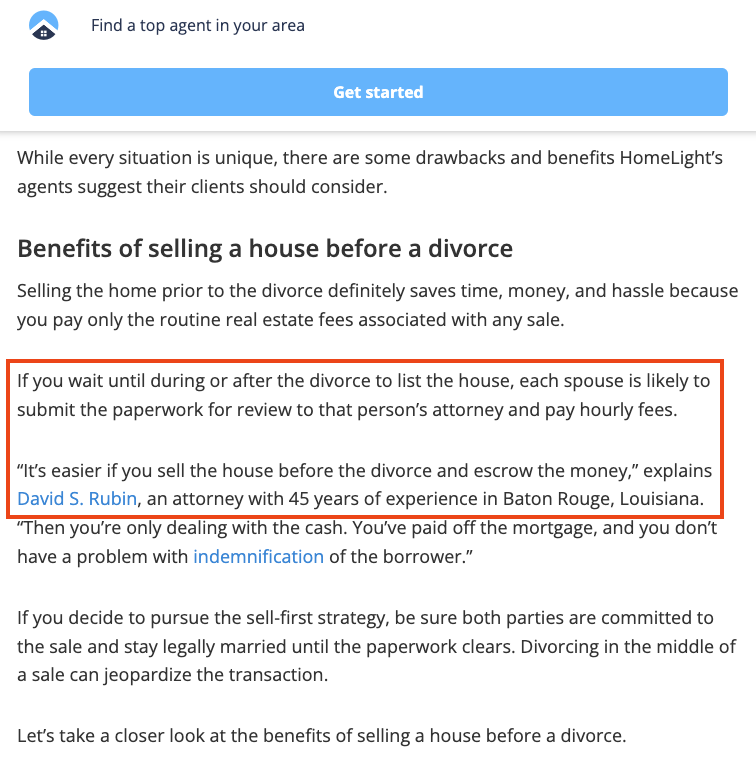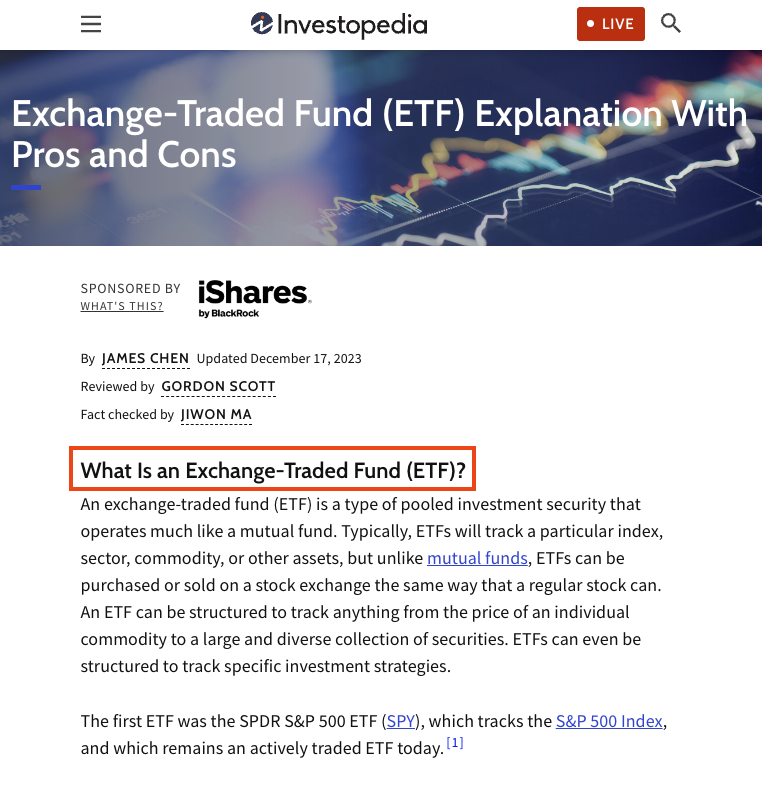Optimizing your site for mobile is not just about making sure it lays out okay on mobile devices. It’s also about optimizing it for Google.
Here are a few ways to make sure your site is well optimized to perform well on mobile devices while also being well optimized for Google’s mobile search:
Utilize well structured headings
Using headings that are both logical and in a well thought out order help from both an SEO and user experience perspective.
Keeping headings short and descriptive will help users to always know where they are in an article and make the content easier to read.
In the image below, you can see how Bankrate does a great job using short, easy to follow headings that divide up the text effectively.

Include table of contents
Longer content can make it harder to find what a searcher really is looking for, especially on mobile devices.
Sites that use a table of contents makes it easy for users to jump to the content that is most relevant to them rather than being stuck scrolling through a long wall of text to find what they want.
Optimize content for featured snippets and people also ask questions
Align headings with common questions people have about the topic you are covering. Using questions as a heading with an answer immediately following it can be a good way to capture People also ask snippets and even featured snippets.
However, you can also capture them by making your headings relevant to the questions.
Here is an example from HomeLight:

You can see in their content here…

…the heading is the same specific question, but it is still closely aligned with it.
In other words, it is giving an answer of why you may want to sell your house before a divorce.
Ask the obvious
Don’t lose sight of what you are trying to answer with some big, long-winded introduction.
Don’t try to be too fancy or too creative.
Keep it simple and always define your topic.
Do not forget to ask and answer what may seem like the most obvious question for the article.

After you answer the question, then you can go into a more in depth description, the benefits, features, cons, use cases, etc.
In almost every piece of content, there should be a “What is…?” heading.


